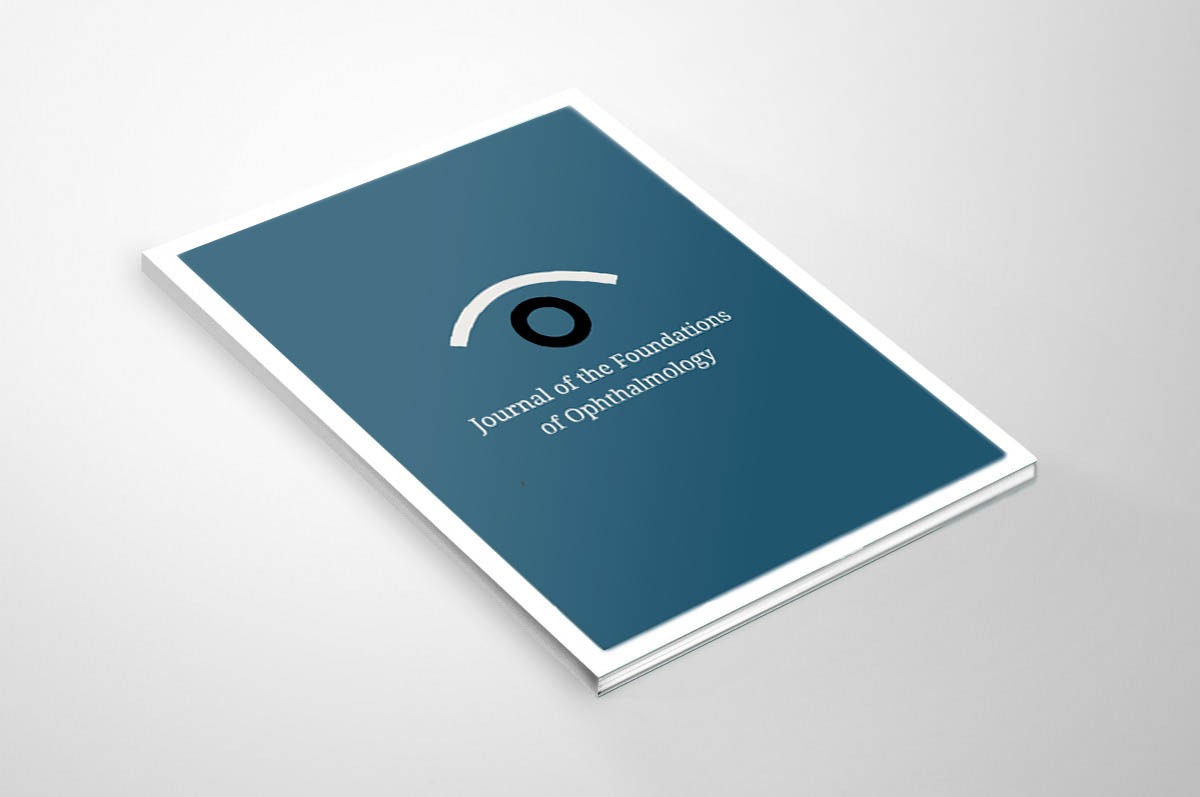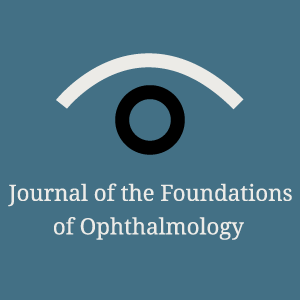Journal of the Foundations of Ophthalmology

and foundation doctors.

ophthalmic
education.
 Find out more
Find out more
The Journal of the Foundations of Ophthalmology (ISSN 2752-3608) is an open access online platform publishing high-quality ophthalmic learning material and research in the field of ophthalmic education.
Latest posts
Article submission:
1. Journal Scope
JFOphth invites the submission of articles addressing any theme of relevance to the ophthalmic education of doctors and junior ophthalmic surgeons.
2. Authorship
In order to qualify as an author of a JFOphth article, the person should have made a substantial contribution to the article.
Each author needs to have made:
- “Substantial contributions to the conception or design of the work; or the acquisition, analysis, or interpretation of data for the work; AND
- Drafting the work or revising it critically for important intellectual content; AND
- Final approval of the version to be published; AND
- Agreement to be accountable for all aspects of the work in ensuring that questions related to the accuracy or integrity of any part of the work are appropriately investigated and resolved.”
JFOphth reserves the right to contact any person listed as an author to confirm that they are an author of the article.
For further details of authors’ contributions, please see ICMJE Recommendations at: https://www.icmje.org/icmje-recommendations.pdf
Role of the corresponding author
The submitter of the manuscript MUST be the corresponding author, and all communication with JFOphth should be through this person. The corresponding author does not have to be the first author of the article.
3. Conflicts of Interest
Possible conflicts of interest (whether financial, non-financial affiliation, rivalry, intellectual or other beliefs) must be declared for all authors at the time of submission.
In addition, if any authors have been denied access to raw data (e.g. through legal agreements with study sponsors), this needs to be stated clearly in the conflicts of interests, and reasons must be given.
4. Duplicate Submission
All articles submitted to JFOphth must be original work. Authors should not submit the same manuscript, in the same or different languages, simultaneously to another journal.
5. Ethics
All articles involving research subjects (e.g. patients, learners, junior members of faculty – anywhere where there is a power-differential) must have been conducted within the guidelines of the Declaration of Helsinki (https://www.wma.net/policies-post/wma-declaration-of-helsinki-ethical-principles-for-medical-research-involving-human-subjects/). When the manuscript is submitted, the corresponding author is required to complete an ethics statement that should contain details of ethics approval or the reason approval was not sought.
Where ethical approval was applied for, authors should provide:
- Name of Institutional or Independent Ethics Committee / IRB
- Ethics Approval Reference Number, OR
- Statement from the Committee explaining why ethics approval is not required.
6. Manuscript Types
JFOphth accepts the following types of manuscript:
- Research articles
- New research
- Replication of previous studies
- Studies with negative findings
- Pilot studies
- Reports of meetings and workshops
- Case studies
- New education methods or tools
- Practical tips and/or guidelines
- Personal views and opinion pieces
- Reviews of the literature
- Commentaries
- Letters
From time to time we may issue calls for specific article types and/or stop accepting submissions in some categories.
Articles published on JFOphth are not formally peer-reviewed and should not form the basis of treatment decisons. Articles published here are to support the learning of health professionals with an interest in Ophthalmology.
